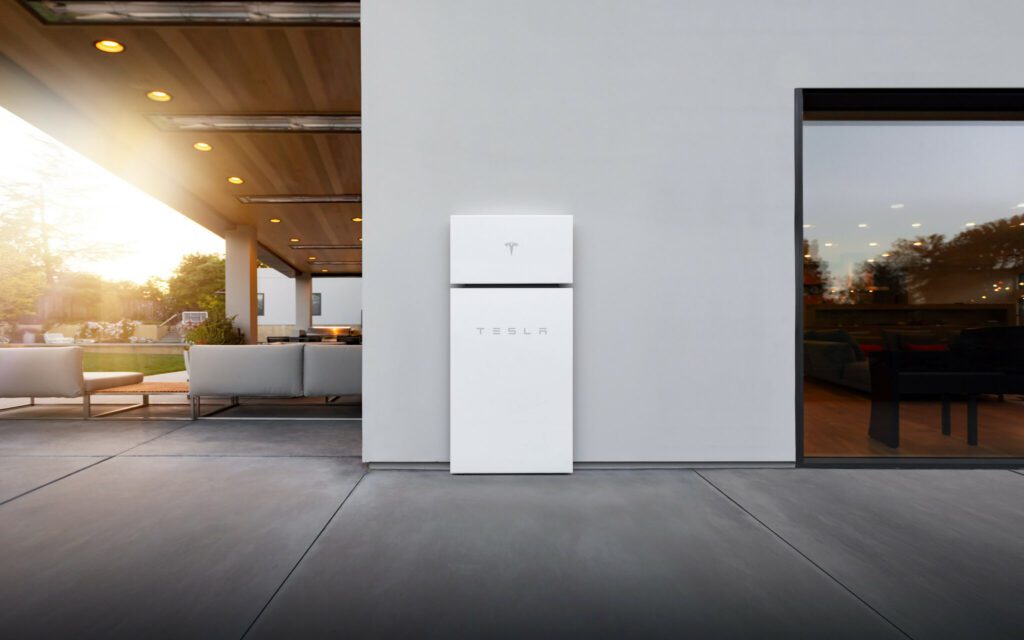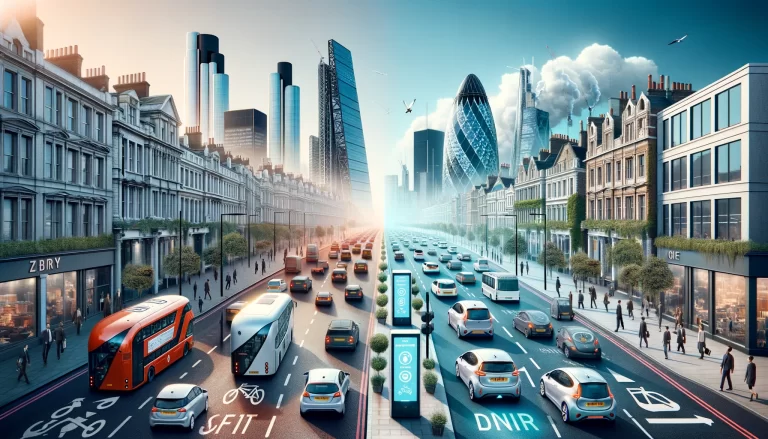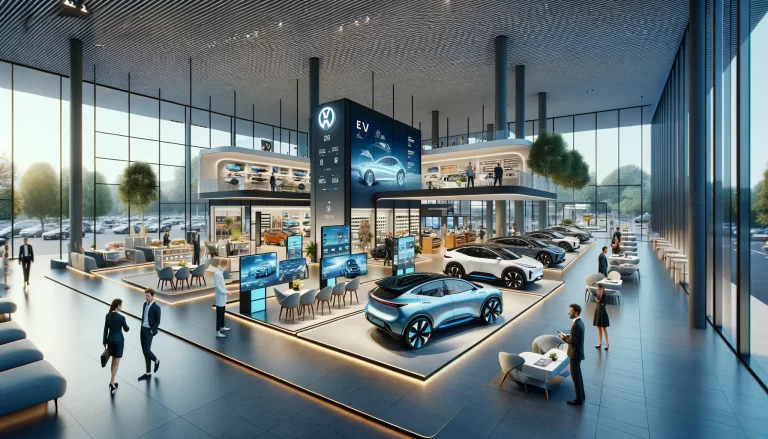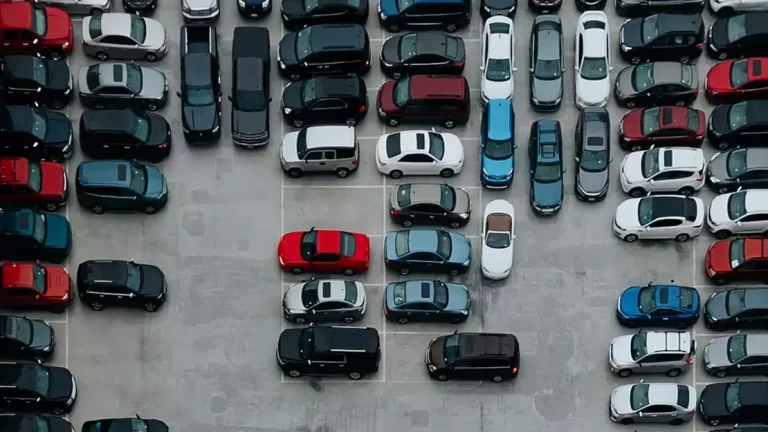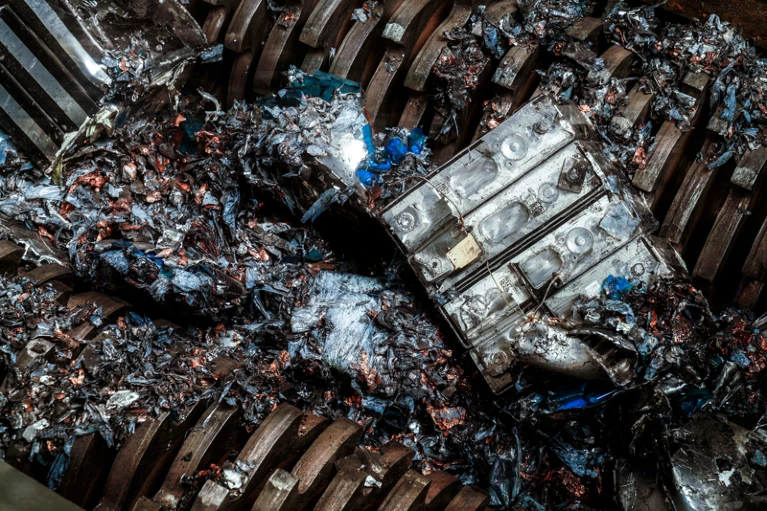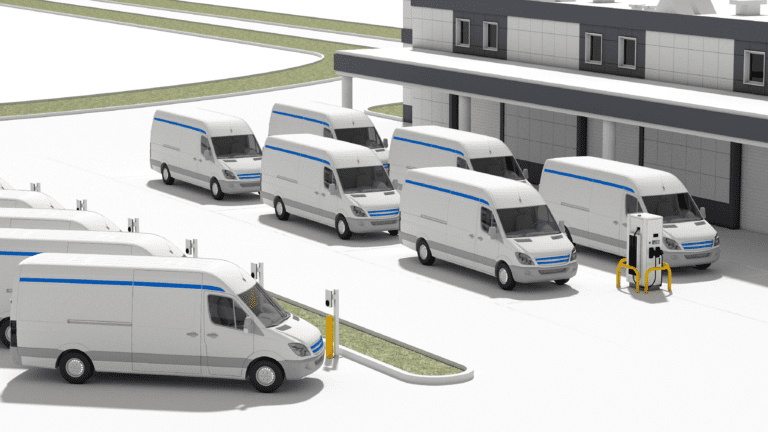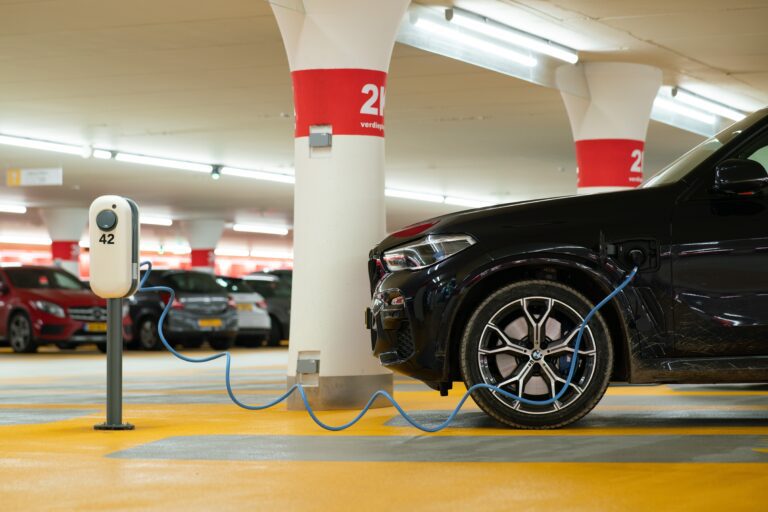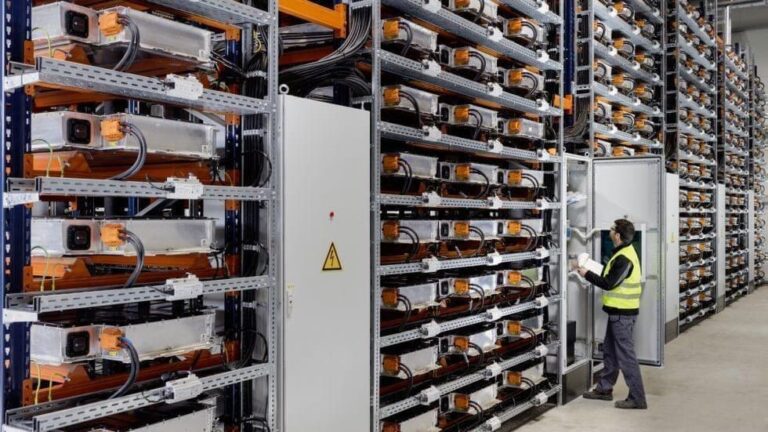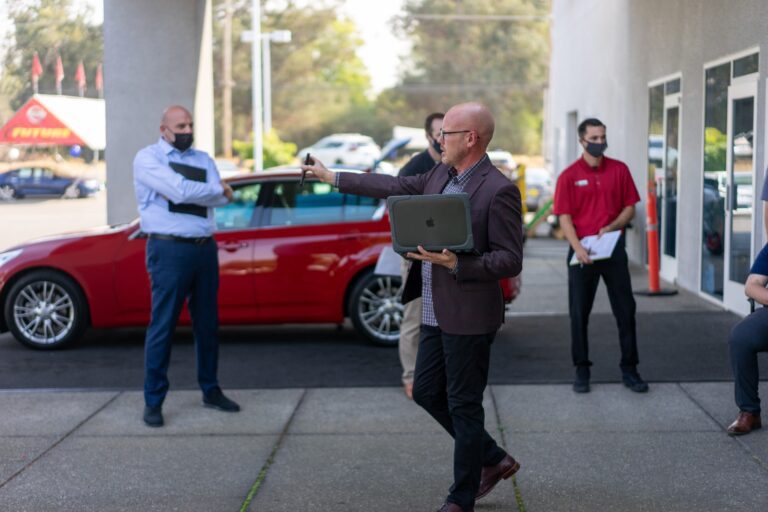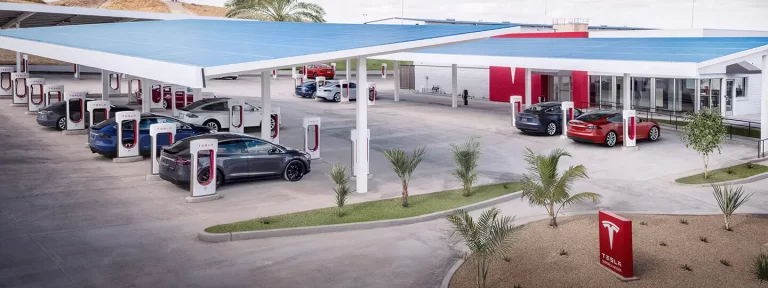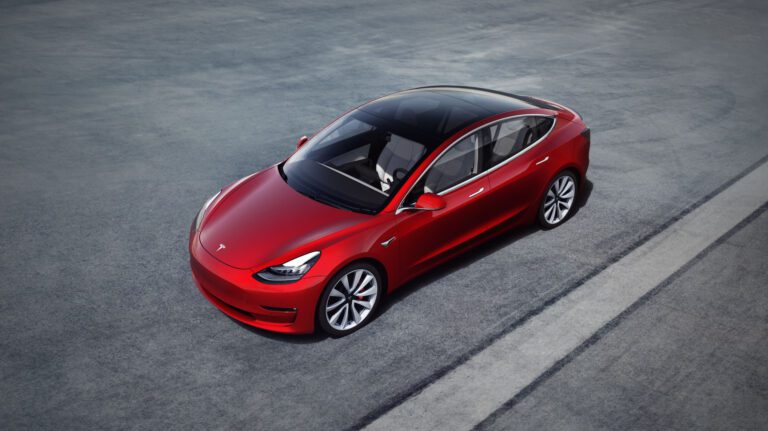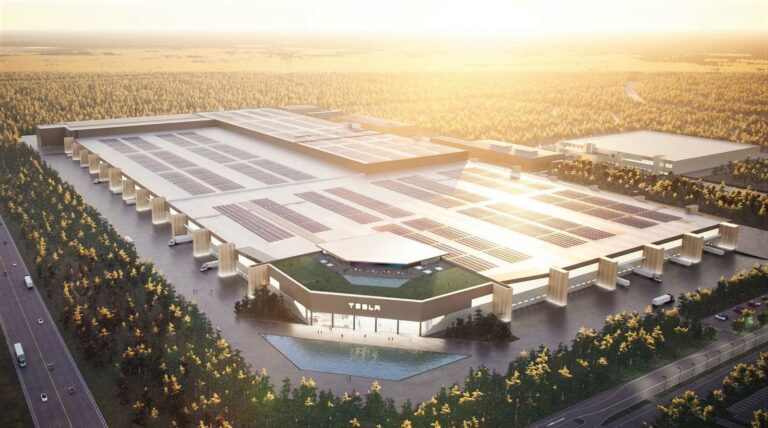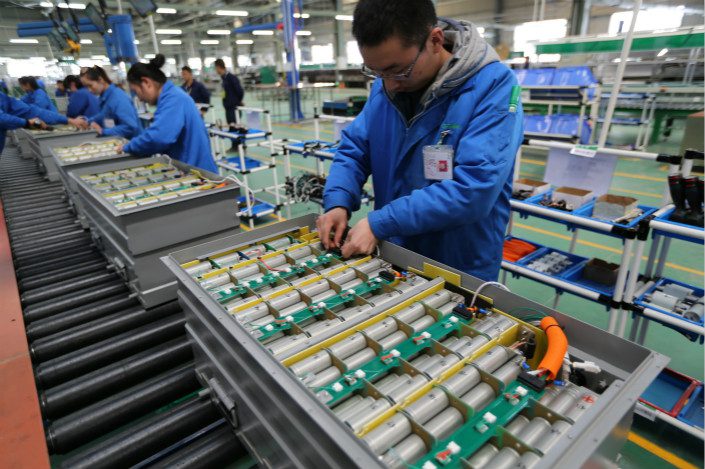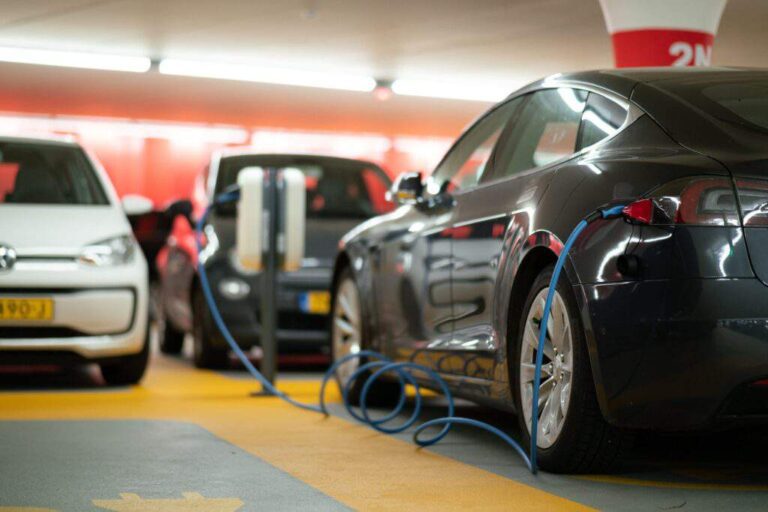Tesla is famous for bringing electric vehicles mainstream and has remained at the top of the pile. Last year, it shipped the most electric cars for a single company, at over 900,000 units. Tesla is also focusing on another side of its business that is not as well known; battery energy storage system.
How did Tesla get into the battery energy storage market? And why is the EV company focusing on the business even amid an unprecedented expansion of its EV production? The rest of this article answers the questions and more.
However, we will look at the importance of battery energy storage systems as the world transitions to renewable power generation first.
Why are battery energy storage systems crucial to renewable energy?
Globally, attitude towards energy production has been experiencing a shift as we appreciate the dangerous effects of carbon emissions as a by-product of non-renewable energy production. Many nations are recording gains in the share of renewables in their energy mix while setting even more ambitious carbon-emission goals. For example, the US Energy Information Administration (EIA) predicts that local renewable energy generation share will increase from 20 percent in 2021 to 22 percent in 2022 and 24 percent in 2023. Similarly, Saudi Arabia aims to produce 50 percent of its domestic energy from renewable sources by 2030.
However, one hurdle that must be cleared before renewable energy can become prevalent is storage. The most common renewable energy sources like the sun and wind are intermittent or have lower baseload capabilities than coal, natural gas, or nuclear sources. This makes it necessary to have a way to conserve excess energy produced during peak hours. This extra energy can then be supplied through the grid or otherwise when the sun is down, or wind speed reduces.
Baseload energy usually refers to the minimum power generation capability of a particular energy source, whereby it can produce the minimum amount of energy required by a power grid at any given time without interruption.
This is where energy storage comes in. With the advent of large-scale battery energy storage, South Australia and some regions in Germany have been able to shut down coal-fired plants and shift to decentralized energy grids. It has made baseload energy as a requirement for renewable energy production redundant.
Lithium-ion batteries have provided us with a simple and effective way to store a vast amount of energy.
Tesla and battery energy storage
Tesla is a big name in batteries. As a company that values vertical integration, it has been designing and developing its own battery. Tesla’s new battery, known as the 4680 battery due to the dimensions of the cells, will power its upcoming vehicles, including the Cybertruck electric pickup truck and the Tesla Semi. This Class 8 truck is purely electric. The company reports recently that it has produced the 1,000,000th 4680 battery cell, which will provide higher energy density.
However, not all Tesla’s battery effort is directed at its EVs. The company is also into battery energy storage systems.
Tesla provides battery energy systems for domestic and industrial or large-scale applications. Some of its products include Powerwall, Powerpack, and Megapack. Thanks to its substantial investments in battery manufacturing expertise and production capacity, it is also poised to take the top spot on battery energy storage systems.
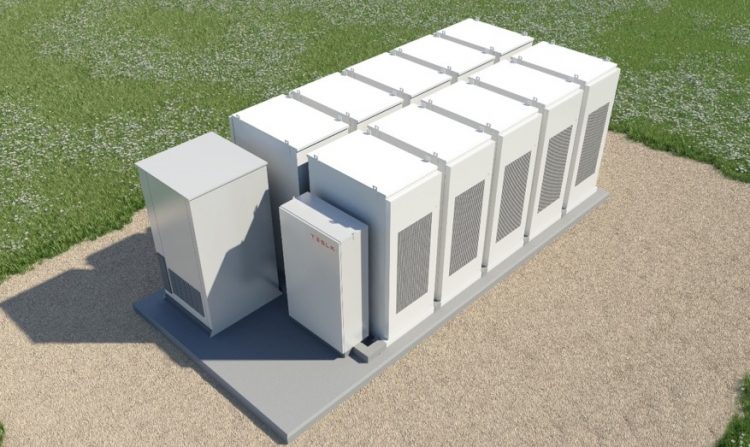

In the second quarter of 2021, Tesla reported $801 million in revenue from its energy generation and storage business, although the company doesn’t separate its solar and battery earnings. The quarter was the first time it made a profit in that area. It deployed 1,274 megawatt-hours of energy in the quarter.
At the time, Tesla also reported that all its stationary storage could move to iron-based batteries instead of nickel-manganese-cobalt (NMC) and nickel-cobalt-aluminium.
In September, Tesla began constructing a battery factory specifically for energy storage instead of sharing production with the batteries meant for its vehicles. It is located in Lathrop, California, and is called the Megafactory. This provided further evidence of the company’s growing focus on battery products.
The company has Megapack deliveries extending to 2023, thanks to so much demand, and Musk plans to sell one million Powerwalls this year, amounting to about $10 billion in revenue, or about 18 per cent of the company’s revenue for the year.
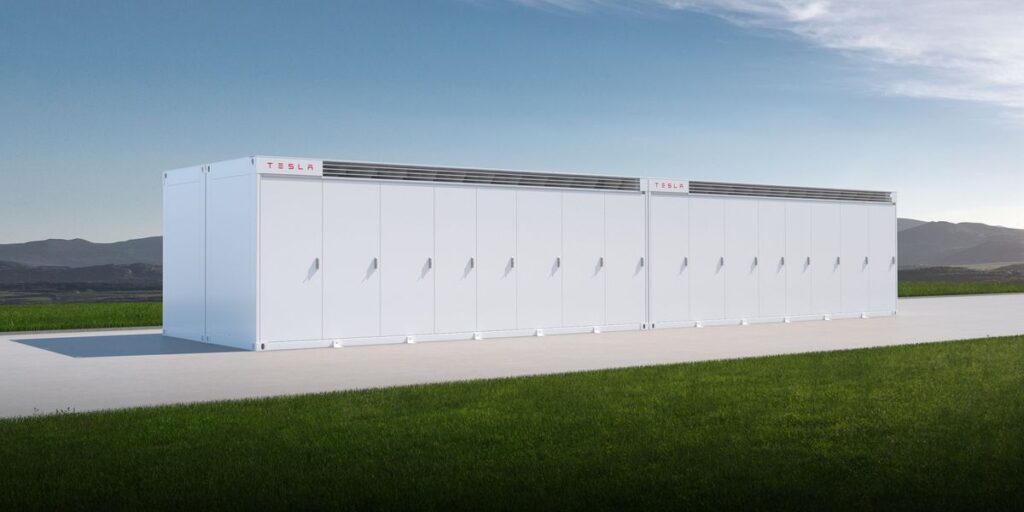

Tesla has also offered to carry out a renewable energy storage battery system of 20 MW installation for Egypt. The Egyptian Electricity Holding Company (EEHC) is studying the offer.
Why is Tesla focussing on power generation?
Part of the answer lies in how Tesla sees itself. The CEO, Elon Musk, has always insisted that Tesla is more than just an EV maker.
Tesla is going for the same position as Apple when it comes to the modern household. The Cupertino-based company has an ecosystem that entices new customers and makes it hard for old ones to leave. They end up buying more Apple products to complement the ones they already have.
Just like Apple, Tesla has customers that have purchased its key products. For the most ardent Tesla fan, these could include a Tesla car in the garage, Tesla solar panels or Solar Roof above their head, and a Powerwall for emergencies or going off the grid ultimately.
Tesla is going for the Tesla-powered home. It wants to make your home as energy-independent and self-reliant as possible.
As part of its marketing effort, Tesla strongly encourages the buyers of its solar products to purchase a Powerwall, too, a tactic that seems to be working as it has sold more than 250,000 units worldwide.
The demand for battery storage systems will continue to rise as they become an attractive option for utility companies facing more pressure to produce energy from renewable sources. By ramping up its energy storage product manufacturing, Tesla can take advantage of the boom.
However, arguably the most significant reason Tesla is stepping up its battery energy storage game is that at its core, it is meant to help the world reduce carbon emission, according to the vision of its CEO. Musk believes replacing ICE cars with zero-emission automobiles will help environmental conservation efforts. With battery energy storage, Tesla has another path to achieving the goal.
